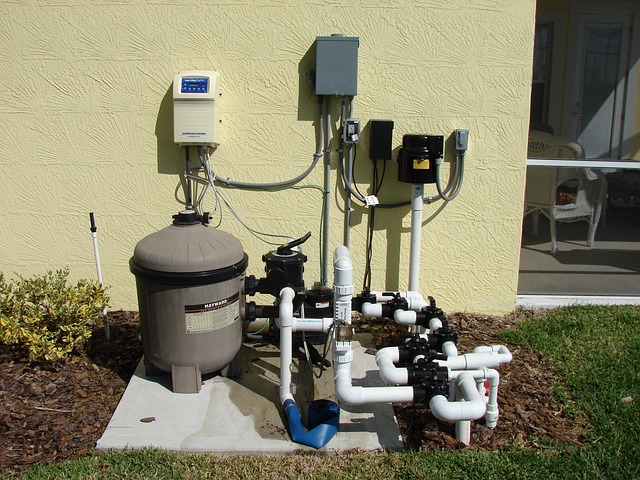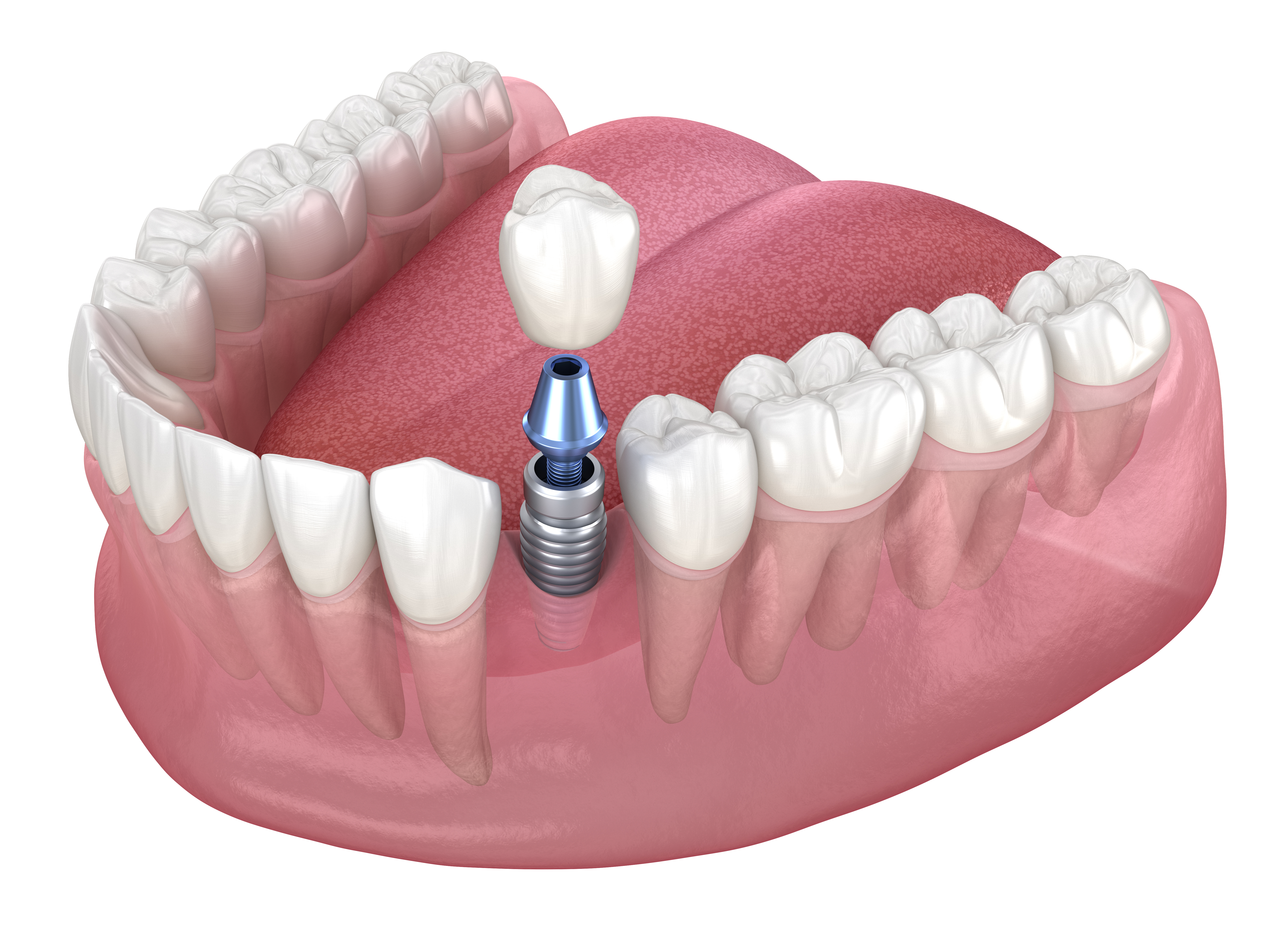Home Maintenance: How to Keep Systems Running Efficiently Year-Round
Keeping your home’s systems running efficiently year-round doesn’t have to be complicated. With regular maintenance and a proactive approach, you can prevent costly repairs, improve energy efficiency, and extend the life of your appliances and systems. From heating and cooling to plumbing and electrical, understanding the key steps to care for each component ensures your home stays comfortable, safe, and cost-effective throughout every season.

A well-maintained home isn’t just about aesthetics—it’s about ensuring that the systems keeping your family comfortable and safe operate at peak efficiency throughout the year. From heating and cooling to plumbing and electrical infrastructure, each component requires regular attention to prevent costly repairs and maintain optimal performance. Australian homeowners face unique challenges with varying climate conditions across regions, making year-round maintenance even more critical. By establishing a consistent maintenance routine, you can identify potential issues early, reduce energy consumption, and extend the lifespan of your home’s most important systems.
Seasonal HVAC Care: How Can You Stay Comfortable and Efficient?
Your heating, ventilation, and air conditioning system works hard year-round, especially in Australia’s diverse climate zones. Regular HVAC maintenance ensures consistent comfort while minimizing energy bills. Before summer arrives, schedule a professional inspection to clean condenser coils, check refrigerant levels, and test cooling capacity. Replace or clean air filters every one to three months depending on usage and environmental factors like dust or pet dander.
During winter preparation, have your heating system inspected to ensure burners, heat exchangers, and thermostats function properly. Clear debris from outdoor units and ensure adequate airflow around vents and registers throughout your home. Consider installing a programmable thermostat to optimize temperature control and reduce unnecessary energy consumption when rooms are unoccupied. Regular duct cleaning every few years also improves air quality and system efficiency, particularly important for households with allergies or respiratory sensitivities.
Don’t overlook the importance of professional servicing at least annually. Technicians can detect early warning signs of wear, lubricate moving parts, and calibrate systems for optimal performance. This preventative approach typically costs far less than emergency repairs during extreme weather when HVAC systems are under maximum stress.
Plumbing and Water Systems: What Prevents Leaks and Damage?
Water damage ranks among the most expensive home repairs, yet many plumbing issues are preventable with routine maintenance. Inspect exposed pipes regularly for signs of corrosion, moisture, or discoloration that might indicate slow leaks. Check under sinks, around toilets, and near water heaters for any pooling water or dampness. Addressing small leaks immediately prevents structural damage, mold growth, and wasted water.
Test your water pressure periodically—excessively high pressure strains pipes and fixtures, leading to premature failure. Install pressure regulators if readings consistently exceed recommended levels. Drain your hot water system annually to remove sediment buildup that reduces efficiency and shortens tank lifespan. For tankless systems, descaling prevents mineral deposits from affecting performance.
Inspect outdoor taps, irrigation systems, and hoses before warmer months when garden watering increases. Replace worn washers and repair dripping taps promptly—a single dripping tap can waste thousands of litres annually. Consider installing water leak detection devices in vulnerable areas like laundry rooms or near water heaters for early warning of potential problems. During colder months in southern regions, insulate exposed pipes to prevent freezing and bursting.
Electrical and Safety Checks: How Do You Protect Your Home and Family?
Electrical systems require careful attention to prevent fire hazards and ensure safe operation of appliances and lighting throughout your home. Test smoke alarms and carbon monoxide detectors monthly, replacing batteries annually or as needed. These simple devices provide critical early warning that can save lives during emergencies.
Inspect electrical outlets and switches for signs of wear, discoloration, or unusual warmth that might indicate wiring problems. Never ignore flickering lights, frequently tripping circuit breakers, or burning smells near electrical fixtures—these symptoms require immediate professional assessment. Overloaded circuits pose serious fire risks, so distribute high-wattage appliances across different circuits and avoid using multiple power boards daisy-chained together.
Schedule a comprehensive electrical safety inspection every few years, particularly in older homes where wiring may not meet current standards. Licensed electricians can identify outdated components, inadequate grounding, or insufficient capacity for modern electrical demands. Consider upgrading to safety switches (RCDs) if your home lacks this protection—they detect electrical faults and disconnect power within milliseconds, preventing potentially fatal shocks.
Regularly check outdoor lighting, garden power points, and any electrical equipment exposed to weather for damage or deterioration. Ensure weatherproof covers remain intact and replace any cracked or broken components immediately. Keep vegetation trimmed away from overhead power lines and maintain clear access to your electrical meter and main switchboard.
Creating Your Year-Round Maintenance Schedule
Developing a systematic approach to home maintenance removes guesswork and ensures nothing gets overlooked. Create a calendar marking seasonal tasks—spring and autumn are ideal for comprehensive HVAC servicing, while summer suits outdoor plumbing and electrical checks. Winter provides opportunities for indoor system assessments when outdoor work may be less comfortable.
Document all maintenance activities, including dates, service providers, and any issues identified. This record proves valuable when selling your home and helps track recurring problems that might indicate larger systemic issues. Keep warranties, manuals, and service records organized in a dedicated file for easy reference.
Consider establishing relationships with reliable local service providers for HVAC, plumbing, and electrical work. Regular technicians become familiar with your home’s specific systems and can often identify developing issues based on their knowledge of previous conditions. Many providers offer maintenance agreements that include scheduled inspections and priority service at reduced rates.
Conclusion
Proactive home maintenance protects your investment, ensures family comfort and safety, and prevents expensive emergency repairs. By dedicating time to seasonal HVAC care, plumbing inspections, and electrical safety checks, you create a more efficient, reliable home environment. Regular attention to these essential systems reduces energy consumption, extends equipment lifespan, and provides peace of mind knowing your home operates safely year-round. Establish your maintenance routine today and enjoy the benefits of a well-maintained home for years to come.



